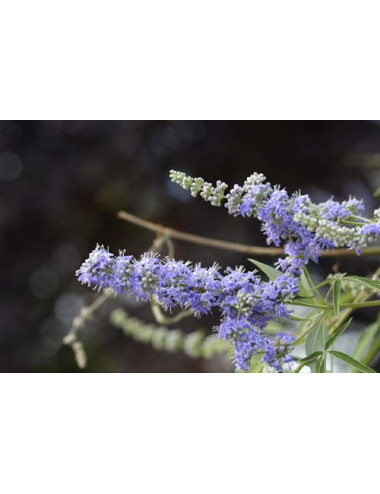

Botanical Extracts




(editar con el módulo de Información de seguridad y confianza para el cliente)
(editar con el módulo de Información de seguridad y confianza para el cliente)
(editar con el módulo de Información de seguridad y confianza para el cliente)
Secure payment
CHASTEBERRY EXTRACT 0.5%
This product is not available at the moment
The chasteberry plant, also called chaste tree, is native to the Mediterranean region and Asia.
The name “chasteberry” may reflect the traditional belief that the plant promoted chastity. Monks in the Middle Ages reportedly used it to decrease sexual desire. In the past, chasteberry extracts were used to treat a variety of gynecological disorders and skin conditions.
Today, chasteberry is promoted as a dietary supplement for symptoms of premenstrual syndrome, breast pain associated with the menstrual cycle, infertility, and other conditions. The most popular use for chasteberry in modern times is for premenstrual symptoms and breast pain.
Product Details
Data sheet
- Origin
- Is native to the Mediterranean region and Asia. native to western Asia and southwestern Europe.
- Active compounds
- Flavonoids (vitexin, casticin), iridoid glycoside (agnuside, aucubin), p-hydroxybenzoic acid, alkaloids, essential oils, fatty oils, diterpenoids and steroids
- Functional benefits
- • Benefits for PMS and its related symptoms, like mood disorders, breast discomfort (mastalgia), fluid retention, migraines.
• It contains substances that can prompt hormonal changes in the body. - Others
- People have been consuming this fruit for over 2,500 years, going all the way back to ancient Egypt, Greece, and Rome.
- Latin name
- Vitex agnus-castus






